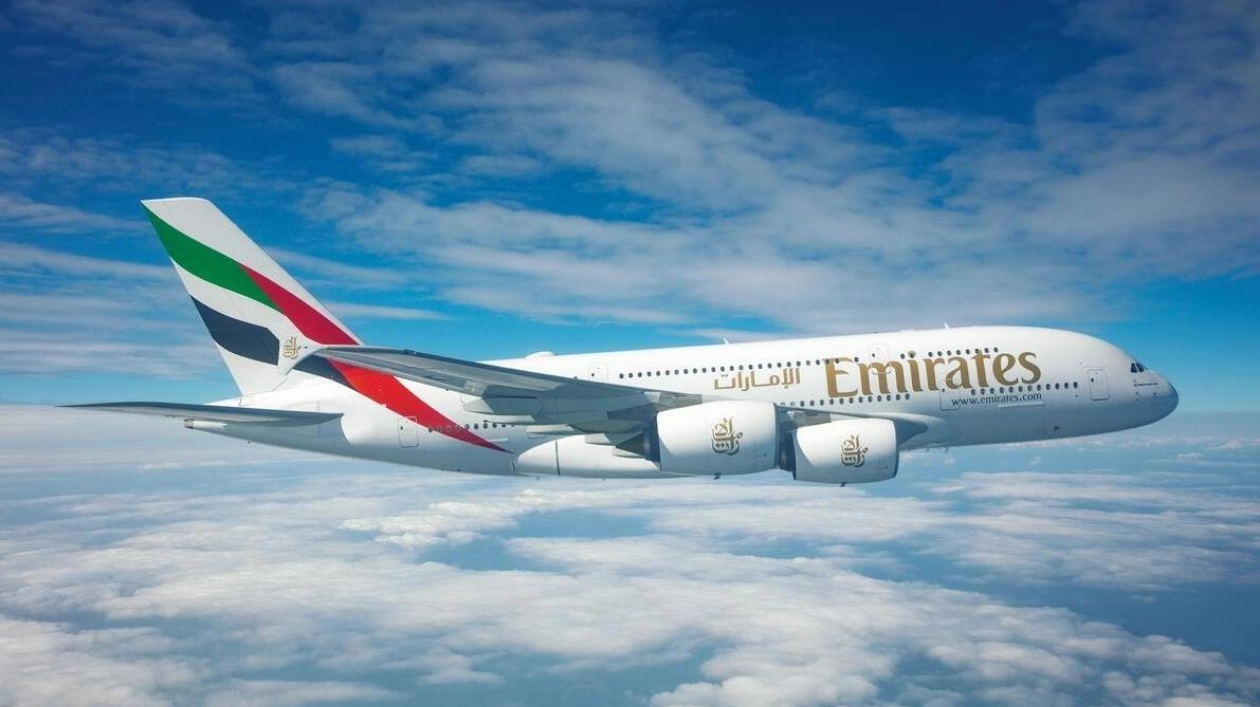Airlines anticipate a doubling of passenger numbers in the next two decades, rising from the 4.3 billion who traveled last year, with growth primarily driven by emerging markets like Asia Pacific and the Middle East, according to the main global airline body.
The anticipated increase in traffic could intensify the pressure on airlines to aid in the battle against climate change and advance towards their commitment to achieve 'net zero' carbon emissions by 2050. The International Air Transport Association (IATA) forecasts an average annual passenger growth of 3.6 percent per year until 2043, compared to a predicted 9.7 percent growth this year.
The Asia Pacific region is expected to lead with an average growth of 4.8 percent, fueled by countries such as India (6.9 percent) and China (5.8 percent), along with Thailand and Vietnam (both at 6.4 percent). Passenger growth in Africa and the Middle East is projected to increase by 3.6 percent, while Latin America and the Caribbean will see a 2.9 percent rise. The mature markets of North America and Europe are anticipated to experience growth of 1.7 percent and 2 percent, respectively.
Currently, air transport contributes less than three percent to global CO2 emissions, but it often faces scrutiny as it serves a minority of the world's population. Airlines are primarily focusing on increasing the production of sustainable aviation fuels from renewable sources, which are expected to account for 65 percent of the industry's 'net zero' target by 2050. However, the technological hurdles in scaling up the production of these fuels, which currently only meet 0.53 percent of airlines' fuel needs, are likely to demand substantial investments.






